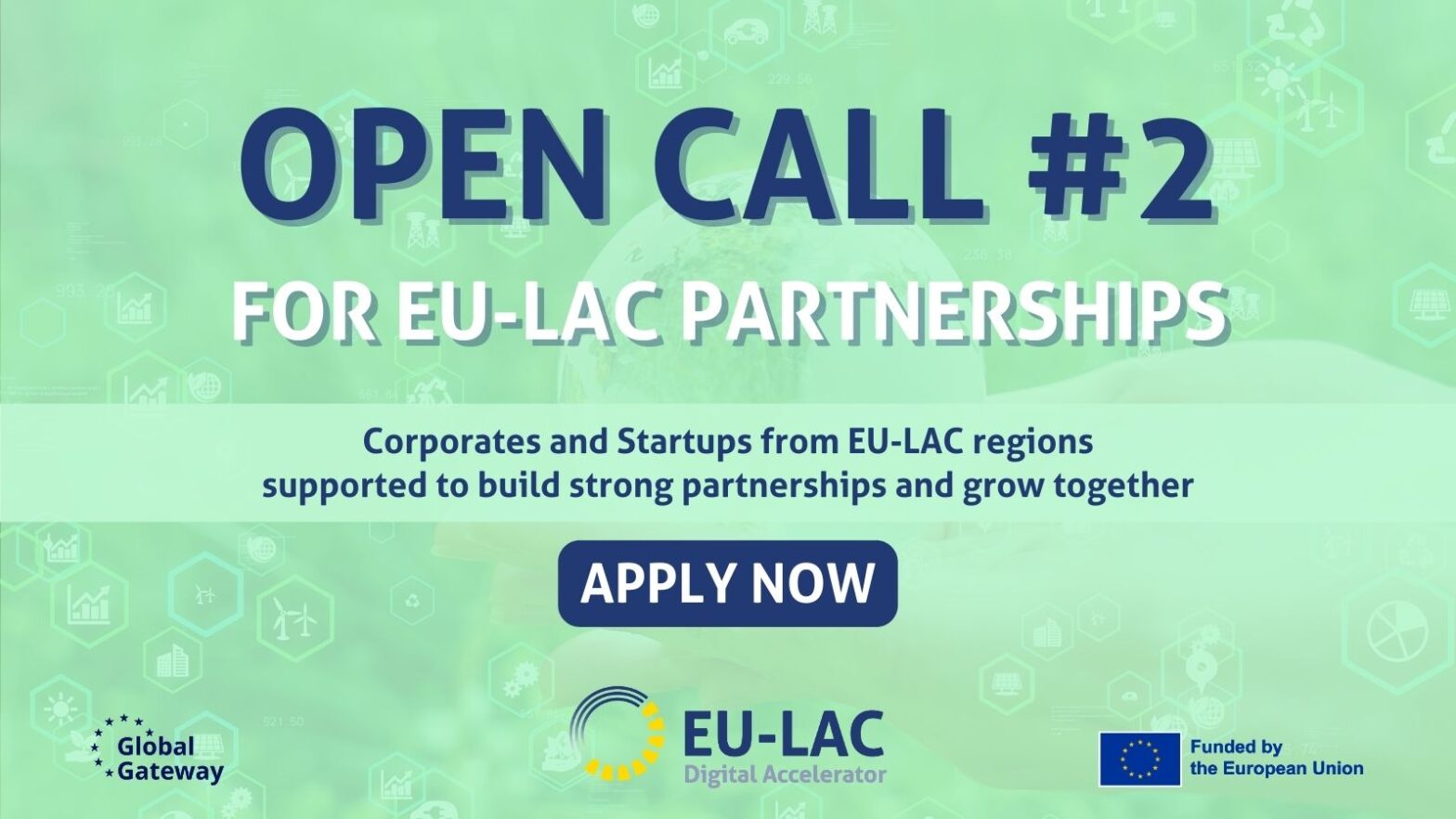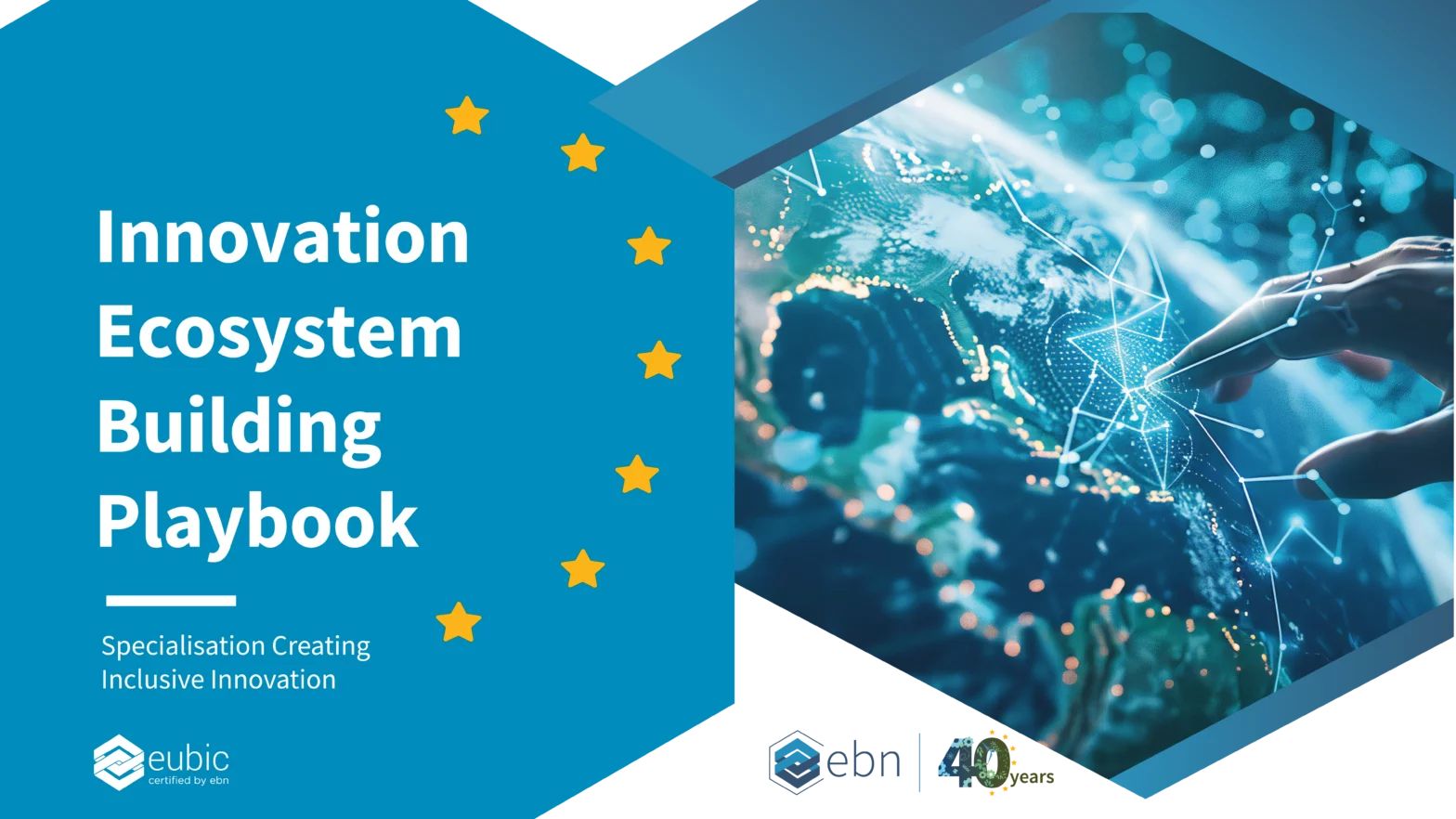Keys to adapting to
triple-bottom-line innovation

Interview with Gitte Schoberm Team Entrepreneurship at Wageningen University & Research
SUSTAINABLE ENTREPRENEURS & CHANGE AGENTS
The New Economy movement is based on the understanding that to develop a sustainable future, people and the planet should come first, and human well-being, not economic growth, should be
prioritised.
The Triple P bottom-line framework accounts for an integral performance by measuring effects on the environment and society at the centre and the economy supporting environmental and societal prosperity. Business becomes only as good as the combination of
its returns on the Planet, People, and Profits. It is not enough to compensate for a negative effect by doing a positive deed elsewhere. Triple P bottom-line means companies profit by contributing to our sustainable future in all their business activities.
But more than a new economic theory, a triple P bottom-line approach to innovation (support) brings in practical benefits. Its importance goes beyond ethical obligations or EU or national strategic policy prioritisation. It is about creating leverage for your innovative client company to get more traction in the market.
Consumers (B2B and B2C) are increasingly choosing products with clean labels and healthier and more sustainable (regional) alternatives. This change in consumer behaviour is piling up economic pressure on companies, and the transition towards products and productions to become more sustainable. It is an
opportunity for EU|BICs and their companies.
WHY EU|BICS? HOW DO WE DO IT?
EU|BICs are in a perfect position to play a bridging function in this new economy. We can make connections between worlds apart – sustainability & profit, entrepreneurs & multinationals, innovative solutions & markets.
EU|BICs work with their ecosystem and established companies to identify solutions to problems and needs in society. At the same time, as EU|BICs, we should redirect our focus, tools, and business support towards triple P goals. (pre-) Assessing a company’s potential based on sustainability and teaching entrepreneurs how to best leverage it. We can help young companies determine what they can offer, positioning sustainable impact at the core of their business for the planet and people, and how they can be profitable.
At EU|BIC Starthub Wageningen, we are building a network where we support start-ups and understand in which value chains they act. For that, we are engaging with established companies and multinationals and helping them understand our perspective on sustainable impact. As EU|BICs, we comprehend the workings and limitations of a large corporate to implement sustainable but disruptive innovations and help create changes in their processes and ways of engagement with startups. By adopting a triple P bottom-line approach in our business support, we have found more stable reasons to (be) engaged.
Multinationals and established industries do not necessarily have the agility or agency to adjust and respond to a sustainability demand alone but will pursue innovative solutions that can help them respond to these new economic demands. By embracing a triple
P bottom-line approach, innovative startups have more opportunities to interact with established players in the value chain of supply and demand.
The reasoning behind supporting an entrepreneur was always its capacity for a push or a pull proposition. Could we push this innovation (often through considerable marketing efforts) to customers who currently may not want this product? Or can we identify a need or a problem where we can pull this innovation in as a profitable solution? Innovative startups or SMEs that positively contribute to the triple P bottom-line have built-in assets for both propositions at their disposal. Markets are more likely to pay attention and adopt products with a strong sustainability proposition in the new economy. That alone can be an asset for a push proposition and can be used or not.
For a pull proposition, a sustainable solution can make more economic sense. Increased sustainability in the production process or along the value chain is an asset that several actors can benefit
from. It may lower energy consumption and costs. It can also capture demand. We have seen multiple value chains with established buffer margins which they are willing to forego to capture more demand or bypass a less efficient supply. So products do not have to become
more expensive. There might be a redistribution of the margin along the value chain, so final pricing to the end user is not affected.
Another element we work with our entrepreneurs is in helping them hone their skills and become change agents. Not change as in disrupting the status quo but as innovators becoming agents for constructive and mutual development. It is less about becoming a
destructive changing force. A more significant part of this new economy moving us to sustainable alternatives is about co-development and collaborative efforts where all players realise: we are in this together and shared solutions are profitable for all players.
Shared solutions are a significant element – we are working towards shared prosperity, not for a single profit. It is a collaborative co-developmental effort. Profit shared over stakeholders means prosperity. The metaphor of the explorers is useful here – Christopher Columbo and the Vikings all had to agree to set sail
towards the west. They had no idea what they would encounter along the way. But as a collective effort, multiple ships sailed in the direction where the sun goes down. That is the basis of your innovative company with sustainability goals and should be part of your preassessment and the company’s strategic organisational
level: join forces, co-create solutions and involve the value chain.
Part of this work is to define well with entrepreneurs what they can and cannot do. What compromises are acceptable? There will be forces pulling in different directions along the development and their entrepreneurial journey. Determining from the start the meaning of success and what you cannot afford to compromise makes your
company more marketable and more robust against the development risks of funding, production or sourcing. There will be compromises because it is a collaborative co-developmental effort. But with a solid basis, you still have enough of your ship once you reach the west. Some losses are unavoidable, but where you compromise should be part of your plan from the get-go.
Another part is mentoring entrepreneurs to help them understand and speak the language, lead the arguments, and find ways to connect with the stakeholders they need in their value chain. We help and mentor entrepreneurs to use their background and (people) skills to engage in new and constructive ways. To do things differently, to reach out to stakeholders and guide them to make a difference. Offer collaborations and act as a sustainability initiator in an ecosystem and an industry they know well.
WE ARE IN THIS TOGETHER
The EU|BIC community can be an effective force for a sustainable future. We would be genuinely interested and we are more than willing to engage and work together with other members in co-developing better tools for all of us. We would like to either test our in other locations, co-develop new ones, or give feedback on the usability of tools and approaches others would be willing to share with us.
This publication goes in this direction. We desire that it
kickstarts further collaboration in building a repository of usable tools, tips and best practices to adapt our business support and make the best of (and for) the new economy.
Currently, we are developing more accurate earlystage lifecycle analysis tools to objectify and quantify the sustainable impact in monetary gains of a triple P bottom-line. We do not want to mix quantitative calculations and risk assessments with qualitative
ethical aspects. The goal is to quantify triple P bottomline advantages more objectively and decouple the societal and environmental impact from the nontangible level. We recently submitted projects with Horizon Europe to help us understand how we can make that decoupling on all levels in the value chains.
Our tools are already available to the whole community under Creative Commons. They are all available for use for free in not-for-profits and available to be monetised if you contact us.






